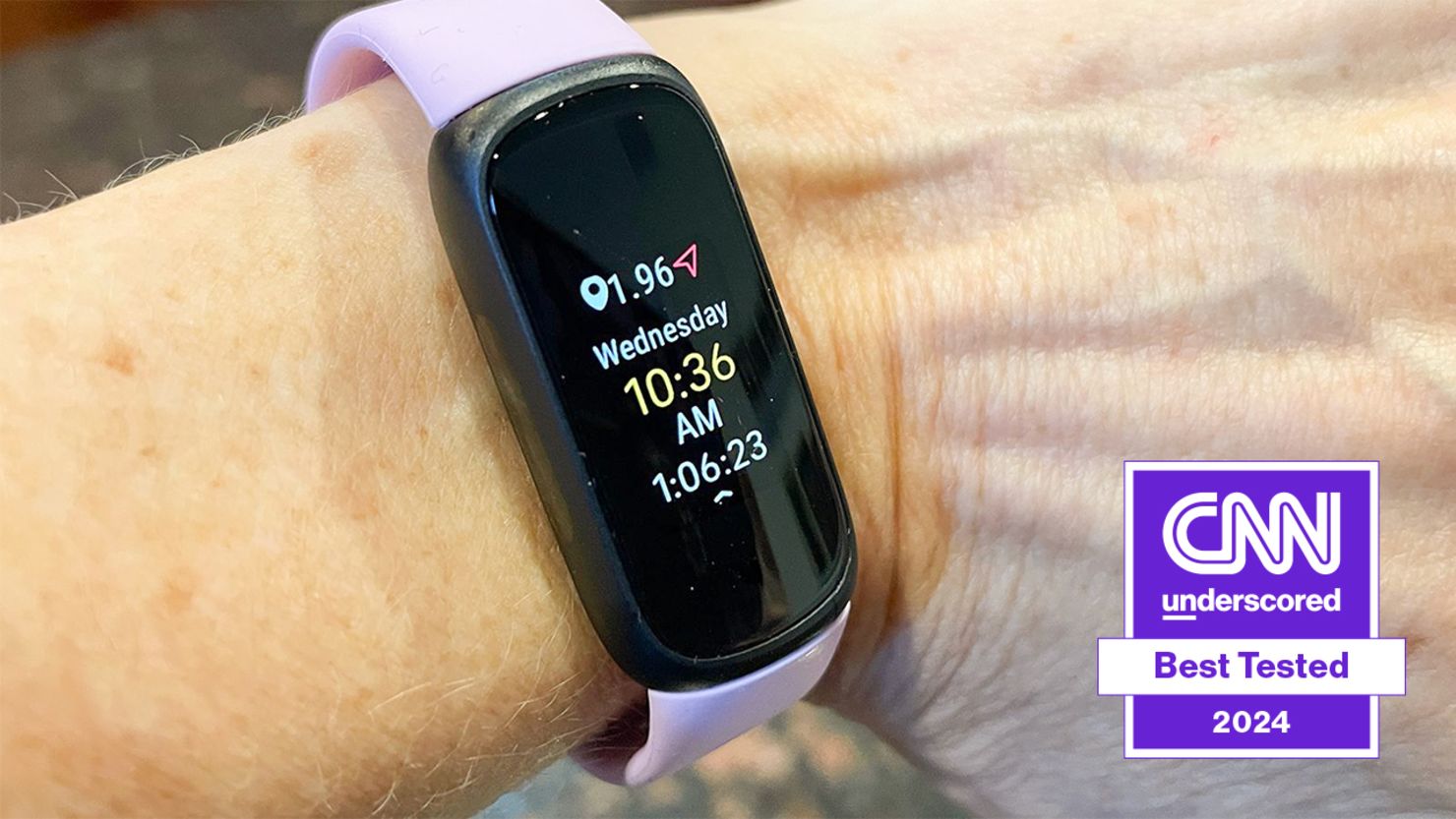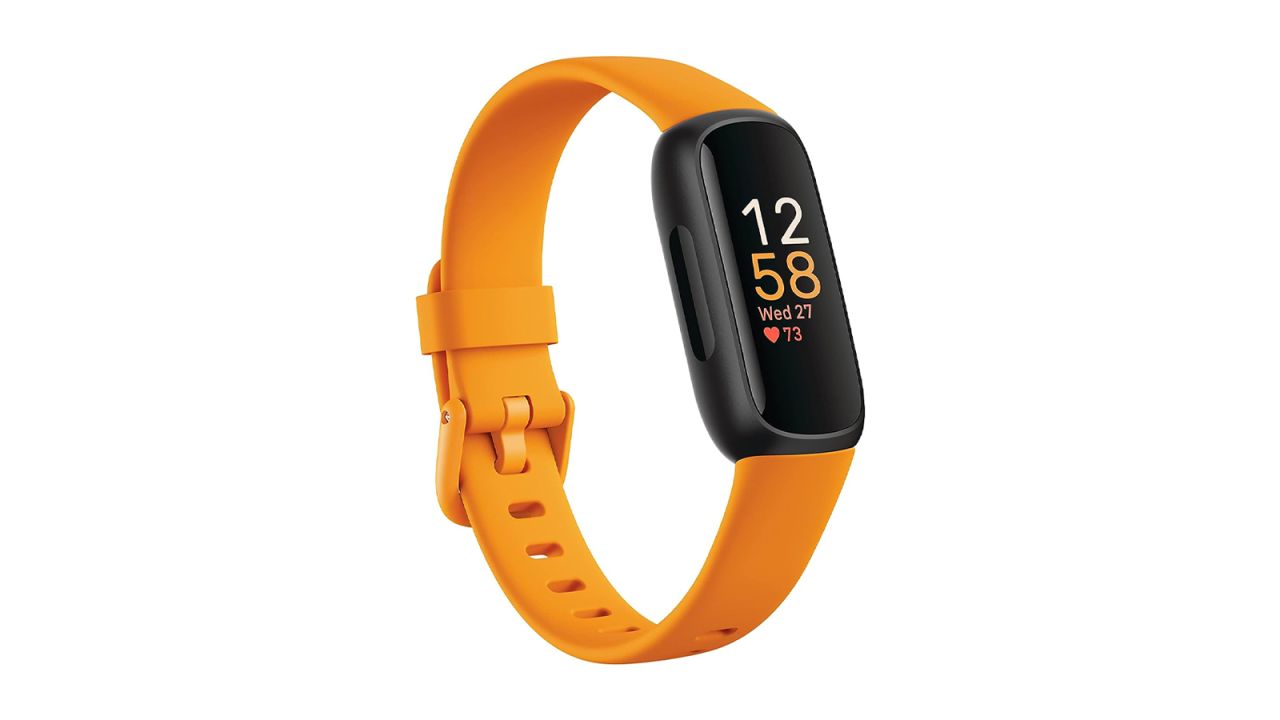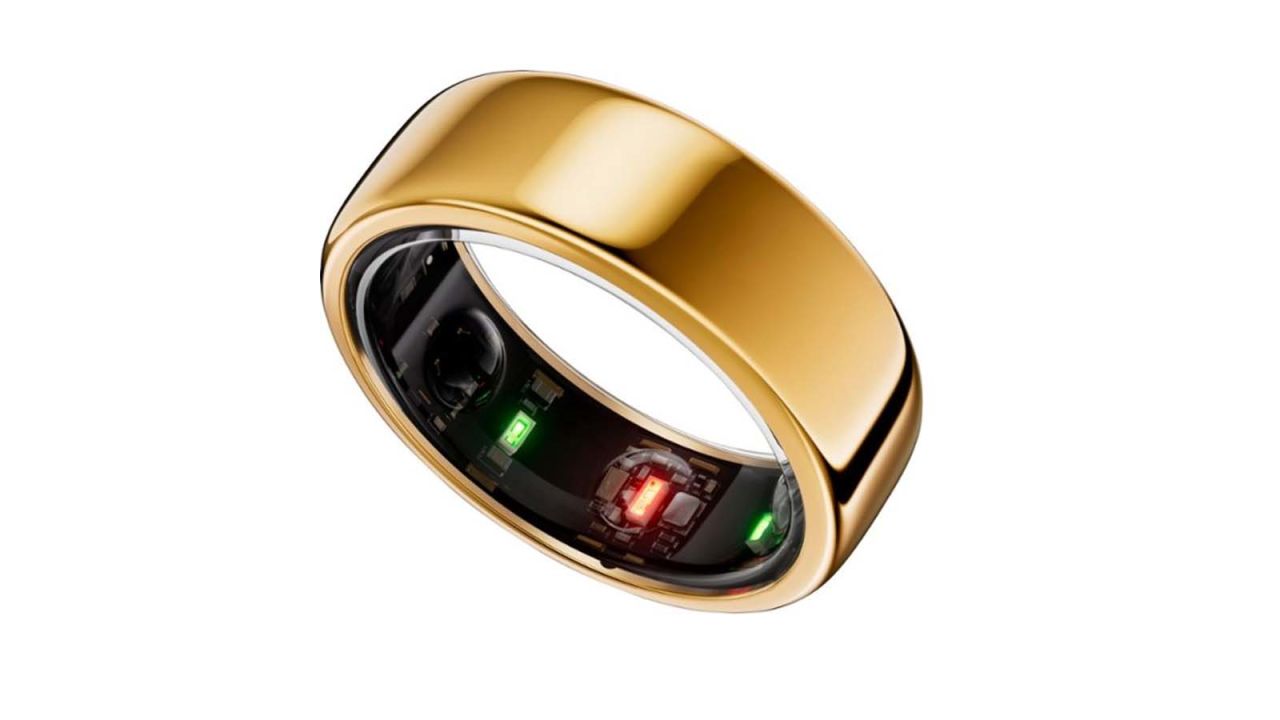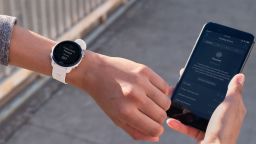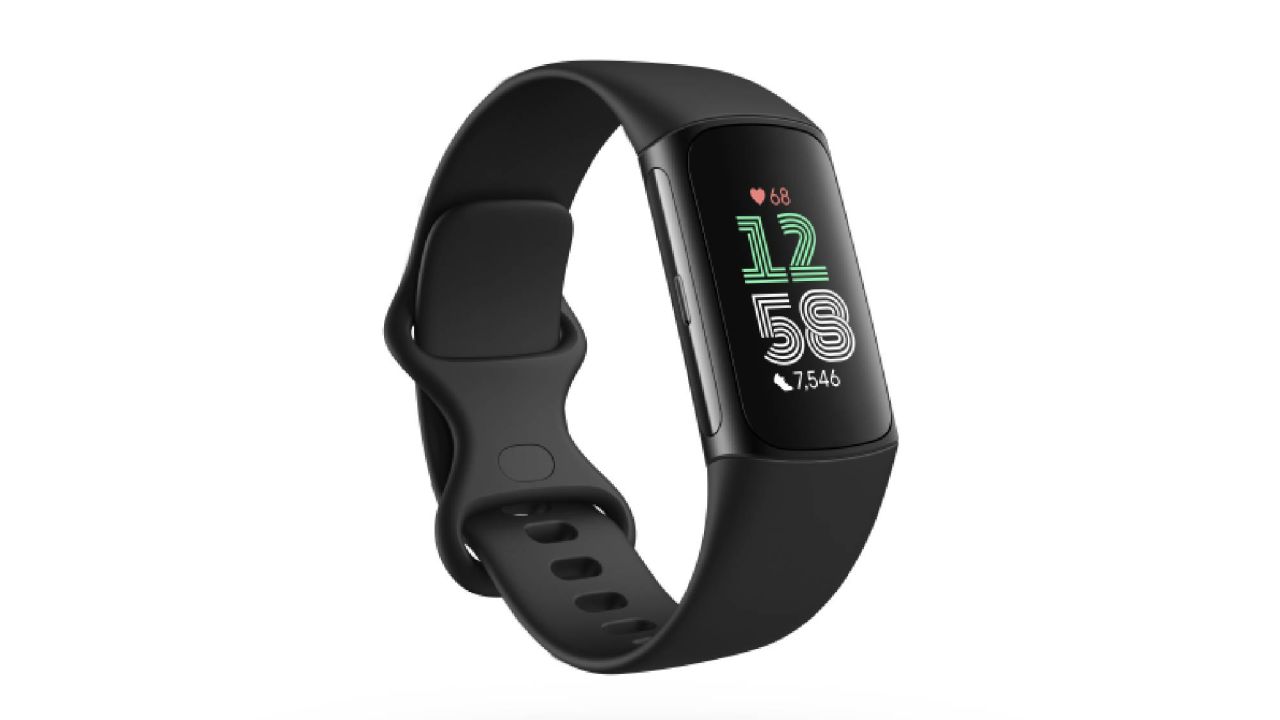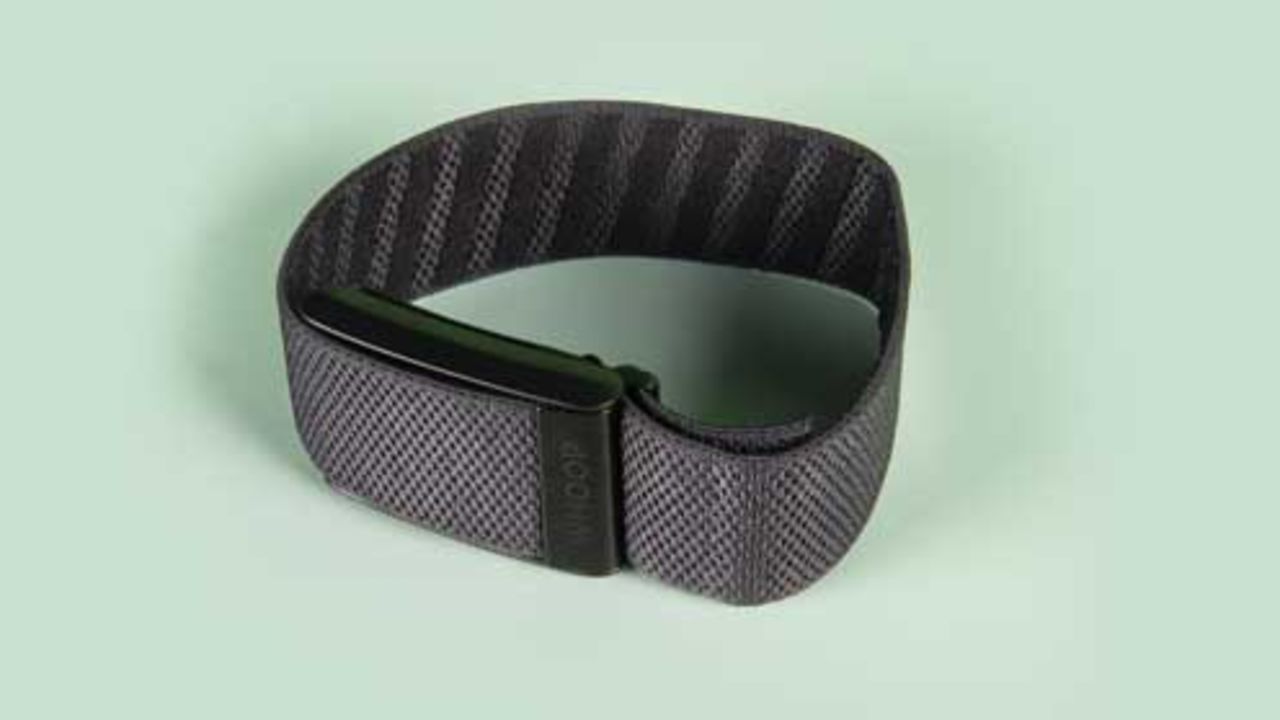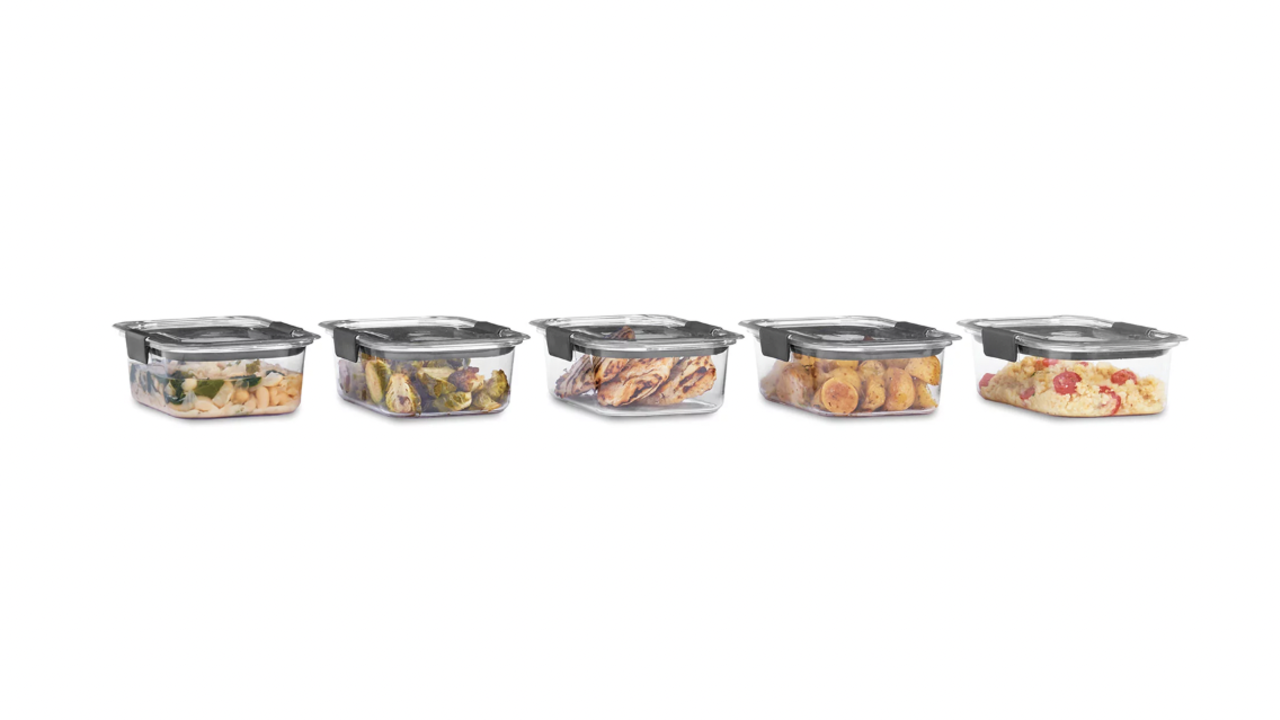The best fitness tracker we tested
Best fitness tracker: Fitbit Inspire 3
Best fitness tracker ring: Oura Ring
In the ever-evolving world of fitness wearables, fitness trackers have become an increasingly popular tool for personal health and wellness. While the ability to track steps was once their primary function, many trackers now offer a broader range of features, including heart rate monitoring, sleep tracking and calorie estimation.
To help you navigate this crowded market, we put together a pool of the most popular current fitness trackers to test side by side. We evaluated factors such as ease of use, build quality and accuracy across various activities, from running and walking to weightlifting and cycling.
Across weeks of testing, we aimed to identify the top fitness tracker to support your unique health and fitness goals, and two options came out on top.
The Fitbit Inspire 3 is the best fitness tracker for most people, offering comprehensive tracking, a vivid color display and a comfortable fit for $100.
The most striking aspect of the Oura Ring is its design, as unlike most fitness trackers, this goes around your finger. And yet, it still tracks tons of metrics to help you keep tabs on your health, from your blood oxygen and skin temperature to heart rate.
Best fitness tracker: Fitbit Inspire 3

Since first releasing fitness trackers in 2014, Fitbit has been considered the most accessible brand for all health warriors — from novices to experts.
The first thing you notice about the Fitbit Inspire 3 is the bright, color AMOLED screen, replacing the monochrome screen on the Inspire 2. Not only does this new screen make the tracker more appealing to look at but it’s easier to see your information in bright sunlight.
The new model comes with an always-on display capability, but be warned: It will drain your tracker’s battery much faster than the 10 days of battery life the Inspire 3 boasts. Without this feature, we got about 11 days of battery life on a single charge. With an always-on screen, Fitbit says you’ll get about three days.
Activity tracking is what Fitbit does best, and the Inspire 3 makes it easy. There are over 20 different workouts to choose from (including run, bike, swim and treadmill), though you can only have six workouts on your tracker at once. To swap them out you need to connect to the app, make your changes and re-sync the device. The Inspire 3 also uses what it calls Active Zone Minutes to help you better reach your workout goals. It monitors your heart rate and tracks how much time you spend in certain zones, taking age and fitness level into account.
The Inspire 3’s new health-monitoring features make it a compelling health tracker in addition to a fitness tracker. It automatically tracks Sp02 (blood oxygen) levels throughout the day, and while it can’t take an ECG like the more expensive Fitbit Charge 6 or newer smartwatches, it will monitor your heart rate variability and alert you if it detects an irregular heart rhythm.
Once it syncs with the Fitbit app, you can access all this data and drill down for more info or timelines. In the app you can also manually track menstruation and blood glucose levels, and view historical data. The Inspire 3 also still offers the company’s comprehensive sleep tracking abilities with features to log your resting heart rate, sleep duration and blood oxygen levels to give you a good sense of your sleep profile.
With its entry-level price tag, the?Inspire 3?lacks the smarts of a more expensive device. There’s no built-in GPS (though you can use your phone’s GPS to track a run via Bluetooth) and no contactless payments or built-in music service like Spotify.
But, If you’re looking for an easy-to-use, feature-rich tracker with battery life that will go for days, the Fitbit Inspire 3 with its color screen and 10-day battery life leads the pack. You also get useful features like stress management, two-minute relaxation sessions, reminders to get up and move and the “find my phone” feature for when you misplace your phone in the house. And at around $100, it’s affordable, comfortable enough to wear all day and night and gives you access to meaningful data in its comprehensive Fitbit app.
Best fitness tracker ring: Oura Ring
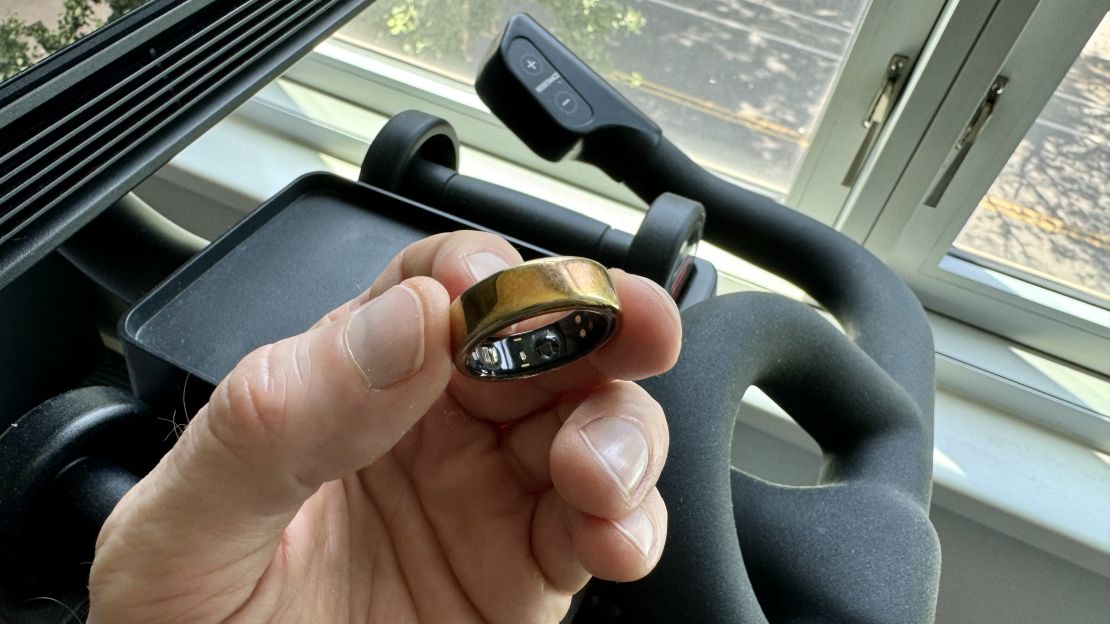
The Oura Ring isn’t exactly a traditional smartwatch-style fitness tracker, but its effectiveness as one can’t be denied. Sure, you won’t get app or text notifications, nor will it tell the time, but what you get instead is one of the most accurate trackers on the market — seriously. Everything from steps taken and resting heart rate to data about your sleep habits, workout activity and calories burned are just that much more accurate than a standard wrist-worn tracker.
Because of that, the Oura Ring absolutely deserves its place in our guide as one of the best.
Now, this isn’t to say it can completely replace something like the Fitbit Inspire 3 or a more powerful smartwatch like the Apple Watch. Rather, it’s the perfect activity tracker for those who prefer analog watches to smart ones. Yes, you can still wear one if you sport a traditional fitness tracker and you’d get plenty of value from it, but some of its offerings are redundant (even if they are more accurate and reliable).
Take sleep tracking, for instance. The Oura Ring does a stellar job of monitoring a wearer’s sleep habits throughout the night, knowing exactly when you enter light, REM or deep sleep, including when you toss and turn or are awake for a few minutes. Wrist-based trackers that monitor sleep may also offer something similar but none come close to the Oura Ring in terms of accuracy.
It also excels as an activity tracker, especially with its auto-tracking function. Whereas normal fitness trackers require you to select a certain activity before starting, the Oura Ring does a good job of recognizing when you start an activity and even what that activity is. Go for a 30-minute walk and it registers a 30-minute walk. Head out for a 2-mile run and it registers a run. Its limitations are obvious, of course, as it won’t know if you lift weights or do something like kickboxing. Still, it does well when in activity-tracking mode to show how many calories you’ve burned, the distance you’ve covered and what your heart rate zones look like.
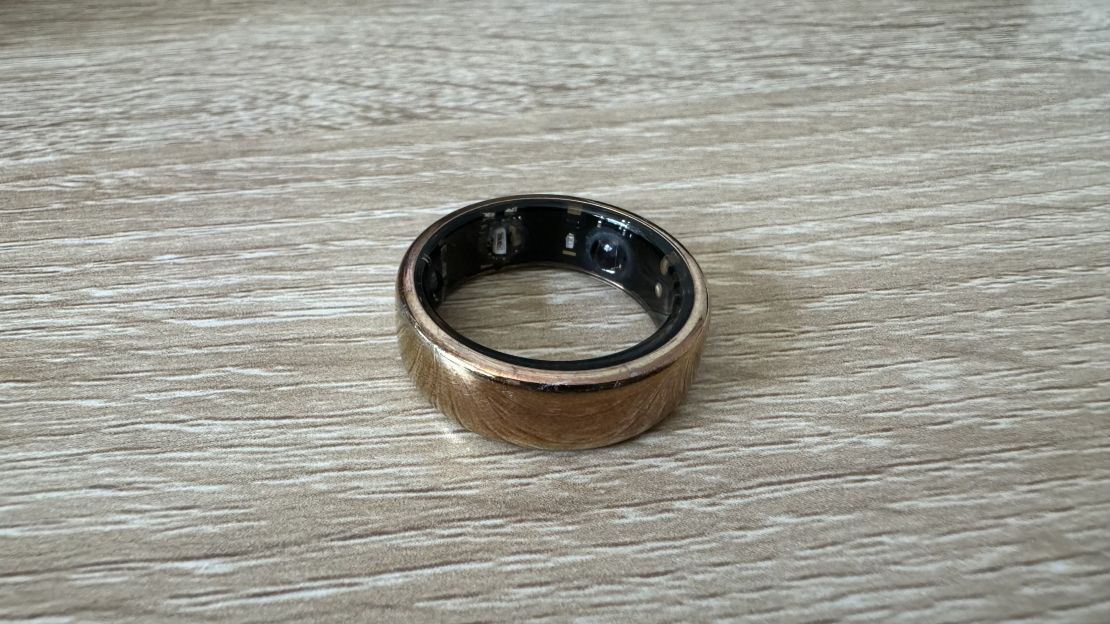
But perhaps its most interesting features are its three scoring functions — Sleep, Activity and Readiness — which are accessible via the ring’s companion app. With the Sleep score, the Oura Ring assesses how restful your prior night’s sleep was based on factors like length of sleep, time spent in certain sleep zones and amount of activity the day before. The Sleep Score ranges from 40, being quite low, up to 90 or more. The higher the score, the more well-rested you are (or should be).
The Activity Score is similar in that it assesses the amount of activity you’ve done throughout the day and doles out a certain score based on that movement. Things like steps taken or certain workouts done factor into the overall Activity Score. This also has an impact on your Sleep Score. If you are highly active multiple days in a row and aren’t getting adequate rest, your Sleep Score will suffer, despite your Activity Score being high. One of Oura’s goals is to teach users how to properly balance their daily activity.
Finally, the Daily Readiness Score is a combination of everything the Oura Ring tracks. Each morning, the app assesses the entirety of your activity and sleep metrics, as well as certain biometric data like resting heart rate, and issues a score out of 100. The higher the score, the more “ready” or refreshed you are for the day.
What’s most interesting about these scores is learning how certain things around your lifestyle may impact them. Say you have a few drinks before bed. The next morning, you’ll notice that the ring tracked an elevated heart rate as you slept and that your sleep wasn’t as restful as it should’ve been. Because of that, you’ll see a low Sleep Score and, likely, a low Readiness Score.
Using this information to improve your overall well-being is central to what the Oura Ring wants its users to accomplish. It’s also one of the key components to what makes a quality, effective fitness tracker. So, while it may not tell the time or alert you of a comment on your latest Instagram post, it can help you make positive lifestyle changes — and that’s incredibly vital information for anyone to have.
How we tested
We put several of the top fitness trackers through their paces over several weeks, tracking runs, walks, lifts and everything in between. We evaluated their performance (accuracy, readability, ease of use), how comfortable they were and how well they integrated with other apps. We even checked their privacy policies to assess how secure they were. Below are more details on our testing criteria.
Performance
- Accuracy: Though numbers will vary, as we explored above, to test accuracy, we wore two trackers at once and compared the results. We also compared the steps to the included pedometer in our phone and tested the built-in GPS to measure distance.
- Readability: While the numbers on most fitness trackers are fairly small, we noted how easy it was to read the screen, as well as how quickly we could glance at the screen to see our heart rate or other stats in the middle of a workout.
- On-device navigation: All the trackers with displays allow you to scroll to find steps, activity, heart rate and so on. We rated how easy this was to explore.
- Activity recognition: For many trackers, you can also select what type of workout you’re doing before you begin for better activity-tracking accuracy. Some automatically recognize activities, so we tested that too.
- App usability: We rated how straightforward the app is, what it tracks and how it presents information.
- Ease of setup: When you’re buying a tracker to lower your heart rate and improve your health, the last thing you want is to be stressed. We looked at how easy and fast it was to follow instructions, download the app, connect to Bluetooth and/or Wi-Fi and get started.
- Battery life: We recorded how long each device lasted on a full charge.
- Compatibility: Many fitness trackers require you to download their own app, and some allow you to sync with other apps, like Apple Health, Google Fit, MyFitnessPal, Peloton and many others. We looked at how many third-party apps each tracker could pair with.
Build
- Overall comfort: The purpose of a fitness tracker is to wear it all day, and in some cases, all night. This means comfort is key. We rated on fit as well as how it felt during and after a workout, against sweat or in the shower.
- Design: We noted how sleek the tracker was and how many colors and designs were available.
- Waterproofness: We took each of these trackers into the shower to ensure they held up to their waterproofing and water-resistance ratings.
Other factors
- Warranty: We noted the warranty, if any, for each device and rated its offering.
- Privacy: We also combed through each product’s privacy policy to see how the company manages privacy within the app and if it shares any user data.
How accurate are fitness trackers?
When working toward a specific health goal, a fitness tracker can prove supportive, helping to self-monitor daily activities and provide motivation to stay in action. As certified fitness instructor?DeBlair Tate, who provided guidance during our testing process, put it: “When your progress is tracked accurately and consistently, a pattern of results becomes clearer. It provides a sense of ownership for health and fitness goals. When you aim to reach those numbers daily, you gain that fulfillment of accomplishment that motivates you to create more goals.”
But how accurate, exactly, are fitness trackers? We did notice some discrepancies in steps — up to 500 to 800 steps — when we wore two trackers at once. This was true regardless of brand. That’s normal, though, since technology and functionality are all different. As?Keegan Draper, National Academy of Sports Medicine certified personal trainer and fitness specialist for?Mindbody, explained, wrist straps will differ from hip-mounted trackers and chest or arm straps.
In terms of steps, he says more accurate measurements would come from a hip-mounted step counter, whereas a wristwatch could pick up on other movements and track those. “It is very likely two different trackers give different step counts,” Draper noted. “But, overall, your daily fitness tracker will be relatively accurate, and having some sort of monitor and tracker is better than none.”
Other fitness trackers we tested
The Charge 6 reigns supreme for those who crave data-driven insights, advanced health tracking and a versatile fitness companion.
Like other Fitbit devices, the Charge is more than a step counter; it’s a data-driven companion designed to empower you to understand your body, optimize workouts and conquer your health goals. Since the Charge 5 (and previously Charge 4) were already crowd favorites, we were eager to see how Fitbit took it to the next level. We put it through its paces on runs, swims and even during our sleep to find out. While the Charge 6 didn’t nab our top spot, it is still worth consideration.
It’s an upgrade to our previously recommended Charge 4 (and Charge 5), and packs an arsenal of features that solidify its reign as the fitness tracker for the masses. Its comprehensive health-tracking features, built-in GPS and ECG app provide valuable insights and empower you to take charge of your well-being. It also better integrates with Google (which now owns Fitbit), so you can readily get directions from Google Maps, make payments through Google Wallet or play YouTube Music. We are also fans of the haptic button added back to the side of the watch, where a single press wakes the watch face and brings you to the home screen. However, the higher price point and slightly bulkier design might deter budget-conscious users or those seeking a more minimalist tracker.
The built-in ECG app is designed to help you detect potential irregularities like atrial fibrillation, empowering you to seek timely medical advice if needed. The Sp02 monitoring (for blood oxygen insights), stress tracking and advanced sleep tracking with sleep stages and analysis provide a personal health concierge on your wrist. Plus, with more than 38 exercise modes and automatic workout detection, the Charge 6 will track everything from HIIT workouts to pool swims. Its real-time pace and heart rate zones can help you push your limits and optimize each session. We appreciate that it can now integrate with gym equipment like Peloton, Tonal and Nordic Track machines.
Whoop’s data-driven approach and personalized coaching based on heart rate variability, sleep and activity data might be the missing piece of your fitness journey if you’re serious about understanding your body, optimizing recovery and achieving peak performance.
The Whoop 4.0 goes beyond just steps and calories burned. It’s designed around three personalized pillars: strain (during workout), sleep and recovery. The focus on recovery and strain tracking is what truly differentiates the Whoop. Its sleek, minimalist band is your 24/7 physiological coach, whispering insights directly into your ear (well, app). Whoop 4.0 isn’t just a fitness tracker; it’s a biohacking tool for the everyday athlete.
As noted, the Whoop doesn’t just track activity, it measures physiological strain based on heart rate variability, sleep and recovery. This unique metric is designed to help you understand how your body responds to workouts, stress and even illness. Once acclimated, Whoop provides personalized daily coaching based on your unique biology. This metric takes some acclimation, but the intel can help you optimize your peak performance as you do. Similarly, Whoop goes beyond sleep stages, delving into sleep quality and its impact on recovery to optimize performance.
While the band takes a while to get accustomed to putting on, adjusting, and then attaching to the wireless charger, once it’s on, we found it to be comfortable, lightweight and blendable seamlessly with an active lifestyle. Unlike other bands, it didn’t get in the way of clothing or feel cumbersome once on.
Whoop also sets itself apart by offering the device for “free,” while forcing you into a monthly subscription for its advanced features and coaching. For budget-conscious users, this may be a turnoff. And unlike trackers with built-in displays, Whoop relies on its app for data visualization. This might not appeal to users who prefer on-wrist information.
The Apple Watch SE is a compelling fitness tracker, offering a sleek design, powerful processing and a wide range of features, including fitness-tracking capabilities like heart rate monitoring, activity tracking and sleep monitoring.
The Apple Watch SE’s appeal is restricted by two key factors: price and platform exclusivity. For those invested in the iPhone ecosystem, it offers seamless integration with familiar notifications, messaging and music control directly on your wrist. Plus, it boasts a stylish design and a wide range of customization options through watch faces and bands, allowing users to personalize their experience. However, on the fitness and health front, it lacks many of the advanced sensors of some of the more advanced Apple Watches, so you’re paying more for a beautiful smartwatch than a feature-rich fitness device.
The Fitbit Inspire 2?is a great under-$100 choice for anyone who wants better clarity and more robust data about their health, fitness and wellness lifestyle.
Our previous pick for best fitness tracker, the Inspire 2 from Fitbit is a sleek wearable with a small build that ensures it doesn’t catch on clothing (or anything else) while working out. Its thin screen also seems less prone to bumps and scratches, so in a way, it feels more shatterproof than others. Plus, with features to track your sleep strength training and cardio workouts, the Inspire 2 covers all the basic bases you need to keep your health in check.
Garmin’s fenix 7S is a full-featured wearable perfect for those who do a little bit of everything. It tracks runs, bike rides and hikes, as well as trail runs, snowboarding, volleyball and tons of others. It’s expensive but might be the last fitness tracker you ever need to buy.
It’s not easy recommending a wearable that costs $650, but there are few models quite like Garmin’s Fenix 7S. This jack-of-all-trades fitness tracker can do just about anything you throw at it. It’s able to track normal activities like running and cycling but also plenty of advanced workouts like skiing, kickboxing, trail running and tons of others. This is the watch you wear if you are constantly active.
Some of its best features include weeklong battery life, a training load monitor that lets you know when to pump up your workouts or when to rest, and the ability to download and play music right on the watch. It also offers in-depth sleep tracking, accurate heart rate monitoring, female health and menstrual cycle tracking, downloadable maps and a unique body battery function. Again, this watch does everything.
Garmin’s Forerunner line is an excellent option for anyone looking for a reliable, full-featured fitness tracker designed to last many, many years. It doesn’t have the extensive bells and whistles of the Fenix line, but it’s still a powerful activity tracker that offers a lot of functionality.
Garmin’s Forerunner 265S is a runner’s dream. Not only does it offer multiday battery life and extensive activity-tracking capability but it’s comfortable and provides unique health and fitness insights. But most notably it has various running-specific features geared toward helping users train for certain races like 5Ks, half marathons and marathons. It even provides useful feedback on when you should take your foot off the gas and rest.
